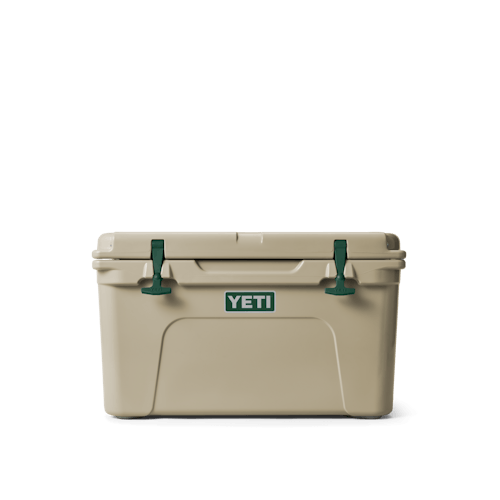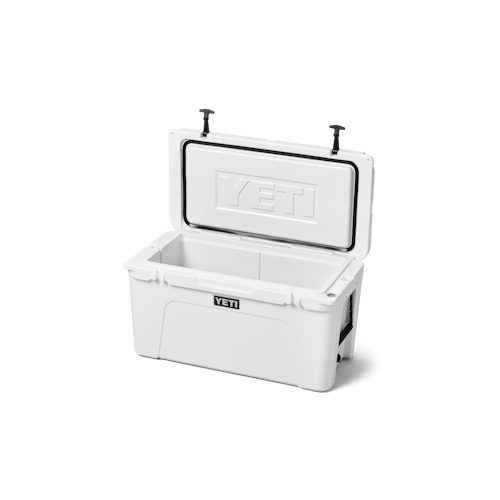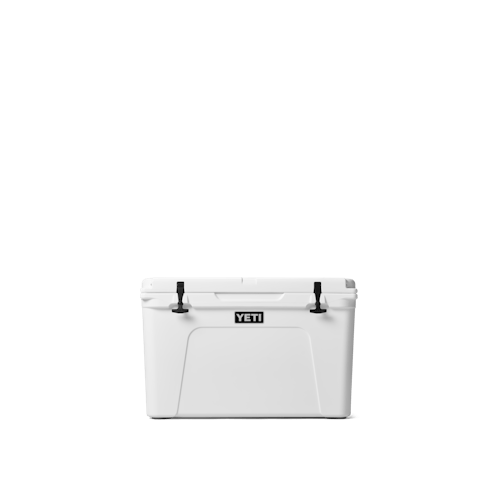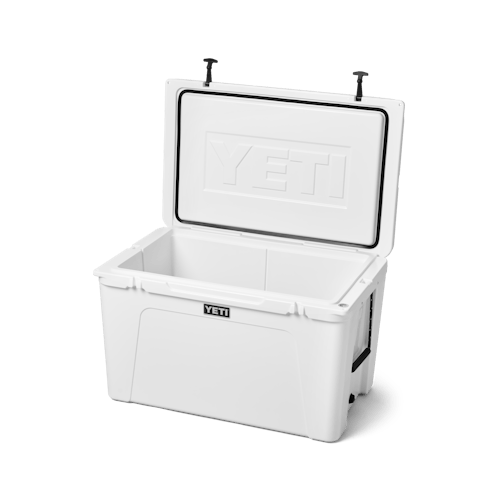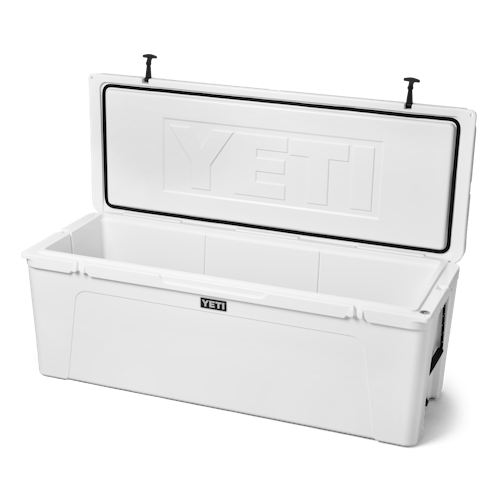
Hard Coolers

You might also like
YETI NATION TAKES IT OUTSIDE
See how they went further for longer with gear #BuiltForTheWild.
FAQs
Whether you need a big cooler or a small ice chest, the best person to decide is you. We may not know how you will use your cooler. However, we can give you advice on which one is best for you and your adventures.
With help from our ambassadors and product users, we have gathered answers to your questions about YETI hard coolers.
Many factors affect how long ice lasts in a cooler. These include the quality and amount of ice, as well as the outside temperature. This makes it a hard question to answer. In short, this means there’s a lot you can do to affect the longevity of your ice—either positively or negatively.
There are many factors that affect ice retention. There is no standard way to measure it in the industry. Claims about how long ice lasts, like 5, 10, or 14 days, often depend on the testing conditions. They may not reflect real-life situations.
Tundra® and Roadie® Hard Coolers are made with up to three inches of polyurethane foam insulation. They also have a freezer-style sealing gasket. This design helps keep ice for a long time.
Beyond that, here are a few best practices for keeping ice longer in your cooler. Also, take a look at this resource if you want to learn how to use dry ice in YETI Hard Sided Coolers.
Yes, YETI designs hard-sided coolers for great temperature retention. They keep your hot items hot and your cold items ice-cold.
The rotational molding process, or rotomold, is a method for making plastic parts. It uses high heat and low pressure. The process involves rotating the mold on two axes. This creates hollow, one-piece parts.
We load the YETI Cooler mold with polyethylene in powder form. We place the mold in a large oven.
It rotates on two axes at different speeds. This helps stop powder from building up in one spot. The polyethylene melts and adheres evenly to the wall of the mold.
Once the polyethylene melts, we pull the molds out of the oven to cool. Once cool, we remove the ice chest from the mold. It’s kind of like a huge, spinning Easy-Bake Oven that cranks out coolers instead of cakes.
The process has strong design features. It includes even wall thickness and sturdy outside corners that are almost stress-free. The rotational molding process gives the coolers one-piece construction and unmatched durability.
In our hard coolers, absolutely. The thickness of the walls, coupled with the amount of insulation make Tundra® Hard Coolers dry ice compatible. See our instructions on how to use dry ice.
Yes. We recommend using soap and warm water. If you need a heavy-duty cleaning, use a 6:1 solution of warm water and bleach with a sponge or mildly abrasive rag.
The Tundra coolers are known for their great performance. This is due to several important design features. First, the Fatwall™ Design has up to three inches of insulation.
Second, the Permafrost™ Insulation is made of pressure-injected polyurethane.
This material keeps the temperature just right. Third, the Interlock™ Lid System forms a tight barrier against extreme temperatures. Finally, the Coldlock™ Gasket is a high-quality gasket. It keeps heat out and cold in.















